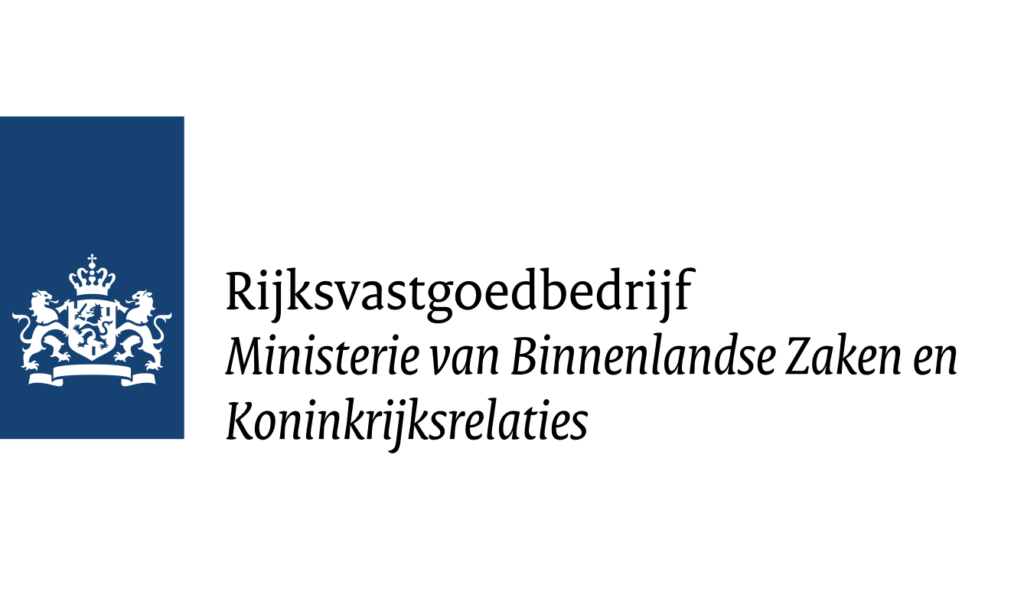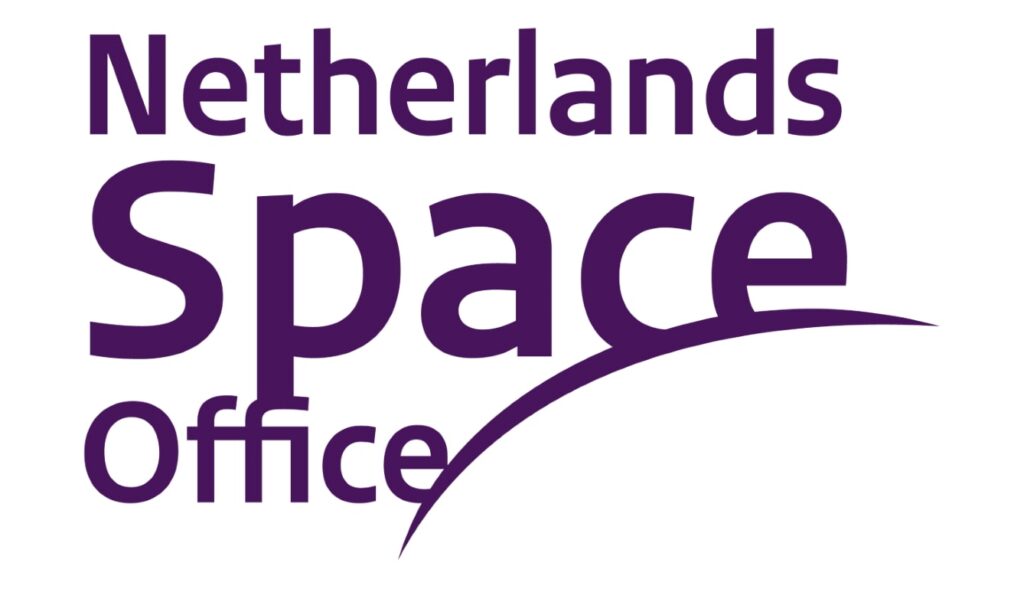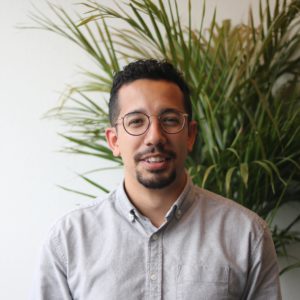Our experience is that every stakeholder in large-scale agriculture requires a different set of information depending on its business specifics, ranging from land usage in biodiverse tropical agroforestry to high-level yield numbers of yearly cereal output. At the same time, a common denominator can be found underlying the different challenges.
We utilise this common denominator by combining open and commercial remote sensing data with databases and historical statistics in CropMapp, our internal platform which models any rural or vegetation-heavy environment. CropMapp acts as the cornerstone for your specific needs. By engineering on top of this platform, and reusing general analytics, we offer the best quality information for the lowest cost.
Land Usage
Create classified field maps (mapping and classification), including anomalies and events. Customizable for region and crop types, worldwide.
What do we deliver?
One of the cornerstones of any agricultural decision system is knowing what is grown where. This contains two questions, what and where? We provide the answer to both.
Whether it concerns large-scale agricultural farmland or narrow fields including trees, hedges and ditches, we map the land from scratch. After the land is mapped, we determine how it is used, differentiating between a wide range of crops and anomalies. In this way we can determine the usage of land on any scale, worldwide.
See below how these results might be visualized for four different areas in Europe.
How can you use it?
Our methods can be applied for a wide range of use cases including Land Parcel Identification System (LPIS) generation, object- and anomaly detection, and continuous monitoring.
By mapping and classifying any land we fully automate the process of LPIS generation and create crop masks to be used as input for yield forecasting systems. By performing object- and anomaly detection we provide a more in-depth information layer behind crop or vegetation type. Furthermore, by delivering this information continuously we can monitor for any occurring changes.
How do we do it?
For large-scale applications, remote sensing forms the backbone of our solution. We combine open satellite data (Sentinel 1 & 2) with commercial satellites to achieve the frequency-resolution combination we need. Hereby, we work on all available data bands before applying postprocessing steps such as calculating vegetation indices. Next, this remote sensing backbone is fed with specific local data, such as soil type and agricultural practises to create the complete data model. Lastly, we apply a combination of machine learning and classical techniques to extract the required information from the data model
If you would like to learn more, we are always available for a more in-depth discussion on our approach and underlying technologies. Don’t hesitate to contact us.
Land Development
Understand behaviour and underlying causes for usage, changes and yields with in-depth analytics.
What do we deliver?
We deliver periodic updates of vegetation or agricultural characteristics in any area of interest, based on your specific needs. Current applications include:
- Yearly changes in sea and wetland grasses.
- Yearly monitoring of landscape objects such as trees, bushes and irrigation.
- Weekly changes of yield potentials for specific crops on a local level correlated to agricultural actions such as spraying and irrigation.
Wondering whether we offer a solution for your specific needs? Don’t hesitate to contact us.
How can you use it?
Our monitoring of land development can be applied on different geospatial levels. Current use cases include:
- Natura 2000 monitoring
- Impact analytics of agricultural practises
- Actionable agricultural insights
How do we do it?
We have experienced that the complexity of monitoring Land Development greatly depends on the specific use case. Therefore, a minimal feasibility study can be required to identify the potential for minimal risk. After understanding the specific challenge, we determine the potential of our current internal data platform and the required customisation to create a workable solution.
The success is often decided on:
- The business case and the availablity of proprietary data.
- The availability of historic and laballed data.
- Related academic research.
We embrace new applications and reinvestments to increase the scope of our product. Don't hesitate to contact us to investigate possible collaboration.
info@geronimo.ai
+31 (0)6 104 220 98
Kluyverweg 1 – 12.15, 2629HS Delft, NL
Chamber of Commerce No. : 81087578
© 2018-2025 Geronimo.AI B.V.
All rights reserved










